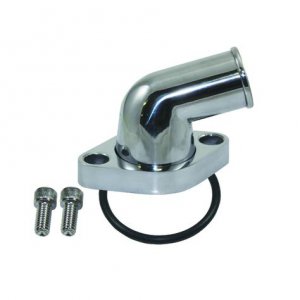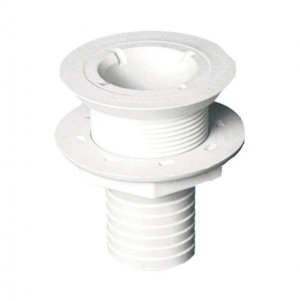-
Welcome back Guest! Did you know you can mentor other members here at H-M? If not, please check out our Relaunch of Hobby Machinist Mentoring Program!
You are using an out of date browser. It may not display this or other websites correctly.
You should upgrade or use an alternative browser.
You should upgrade or use an alternative browser.
I gave this a shot today.
- Thread starter paul_cpu
- Start date
- Joined
- Sep 2, 2013
- Messages
- 5,150
Spent the last couple of days days on this little project for the plasma table. The water table drains are raised above the bottom of the pan, and prevent easy draining of the water table. So off to the scrap pile to see what might work for male, and female dies to create a recessed feature in the water pan. The first thing I came across was an old cast iron heat riser block which already had a tapered gasket seat machined into it. After cleaning it up with a carbide hand scraper and a sanding roll, I chucked it up in the 3 jaw and faced off the ends and cleaned up and deepened the 55deg existing taper. Then I put it in the band saw and cut it down to the desired depth, and refaced the cut end, which actually came out pretty close off the considering the Rube G. clamping setup. For the male die I found a mystery piece in the pile that looked like it would work, but might be hardened. The old Atlas was working hard, but with a carbide insert got the taper cut and faced off to about 1/2" depth, and drilled out the center hole for a 5/8" bolt. Tested it out on some .030 galvanized sheet metal close to the gauge of the water table (the water table appears to be stainless), anything beyond about .150 depth started to create major distortion in the metal surrounding the die. So I decided having a wider base on the female die, a little cushion for the pushing as it were, might solve the problem. Back to the scrap pile, and came up with the rotor from a motorcycle alternator. Tried using a 1.75" hole saw on the drill press to open up the center, but the drill press respectfully declined the task. Chucked up the hole saw in the BP, and using the knee to feed managed to knock out the center. Back to the lathe for the 55 deg seat, and then another test. Some what better, but two existing 1/2' holes in the die were causing issues so turned two plugs, welded them in and ground the welds off flat, also tacked a large/thick flat washer to the back of the die for the tightening bolt to pass through. Another round of testing and another incremental improvement. At this point I decided to give it a shot on the water table. set the dies up and used a indicator to keep track of the depth of the die as it advanced. Well, that stainless sheet was a whole different animal. Much more effort to press, but no distortion at all. I think that can be attributed to a larger surface area, and much stiffer material. All in all, pretty happy with the outcome, and learned a lot on the lathe as far as setup, and execution. Of course the evening I completed this I found a You Tube video showing another table mod, that uses bar sink (smaller diameter) drains, pvc pipe, filters and a storage tank with a pneumatic pump to filter and store the treated table water between uses. I will probably go to something like this down the road, but good enough for now. Sorry the pics are out of order, thanks for looking. Cheers, Mike
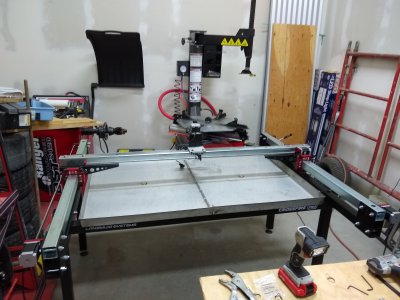
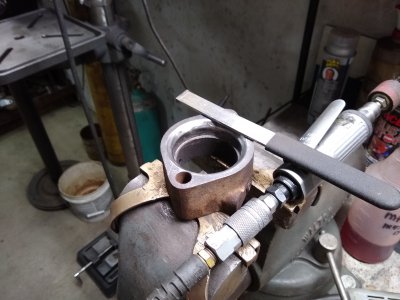
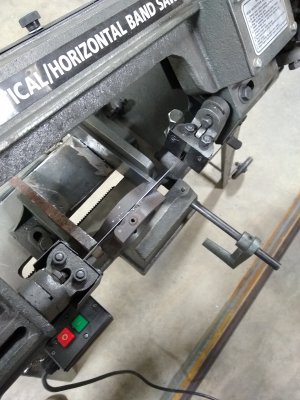
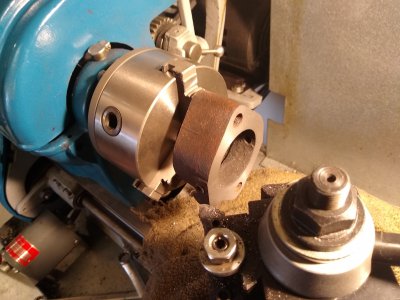
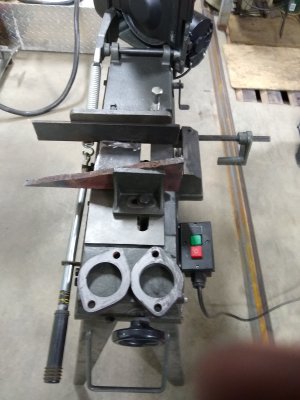
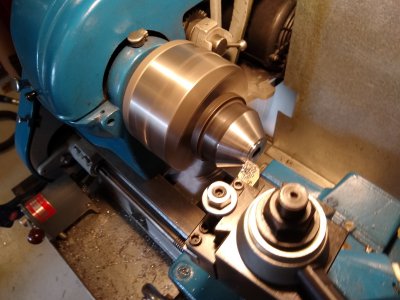
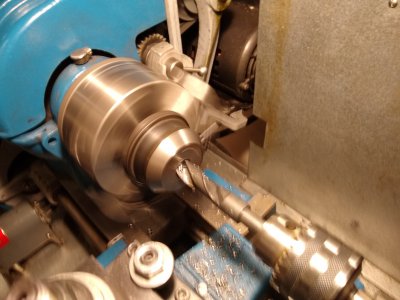
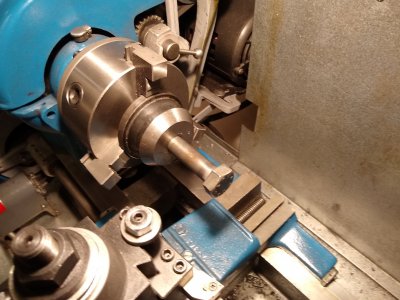
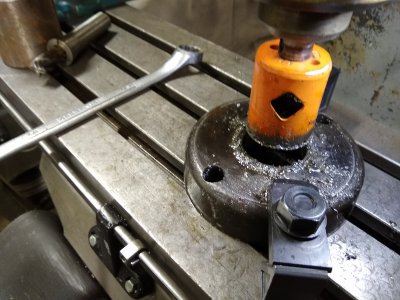
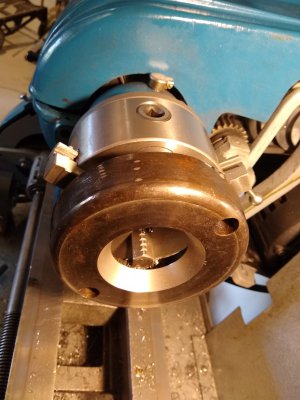
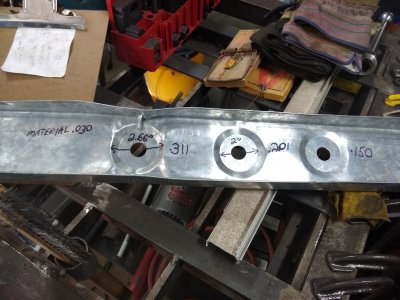
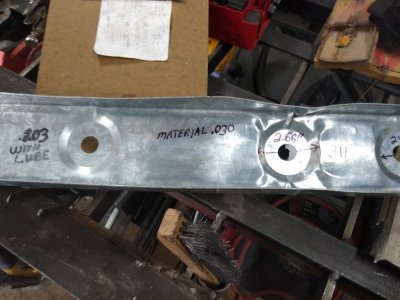
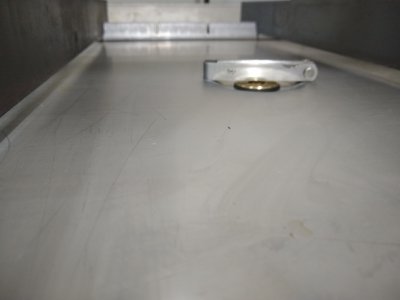
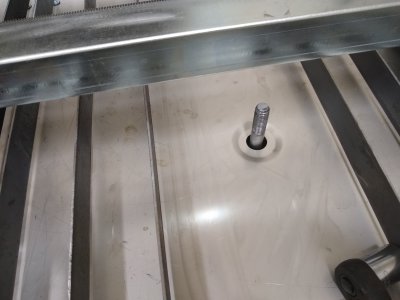
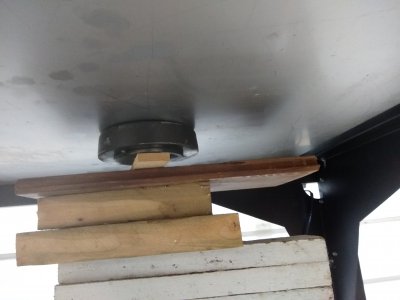
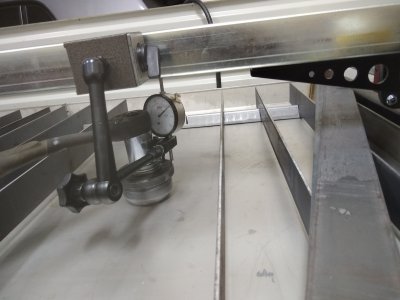
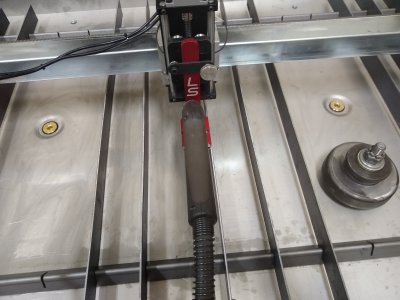

















Last edited:
- Joined
- Oct 31, 2016
- Messages
- 2,654
- Joined
- Dec 26, 2016
- Messages
- 2,037
I'm a bit confused, seems two different threads got mixed, let me get a coffee.


